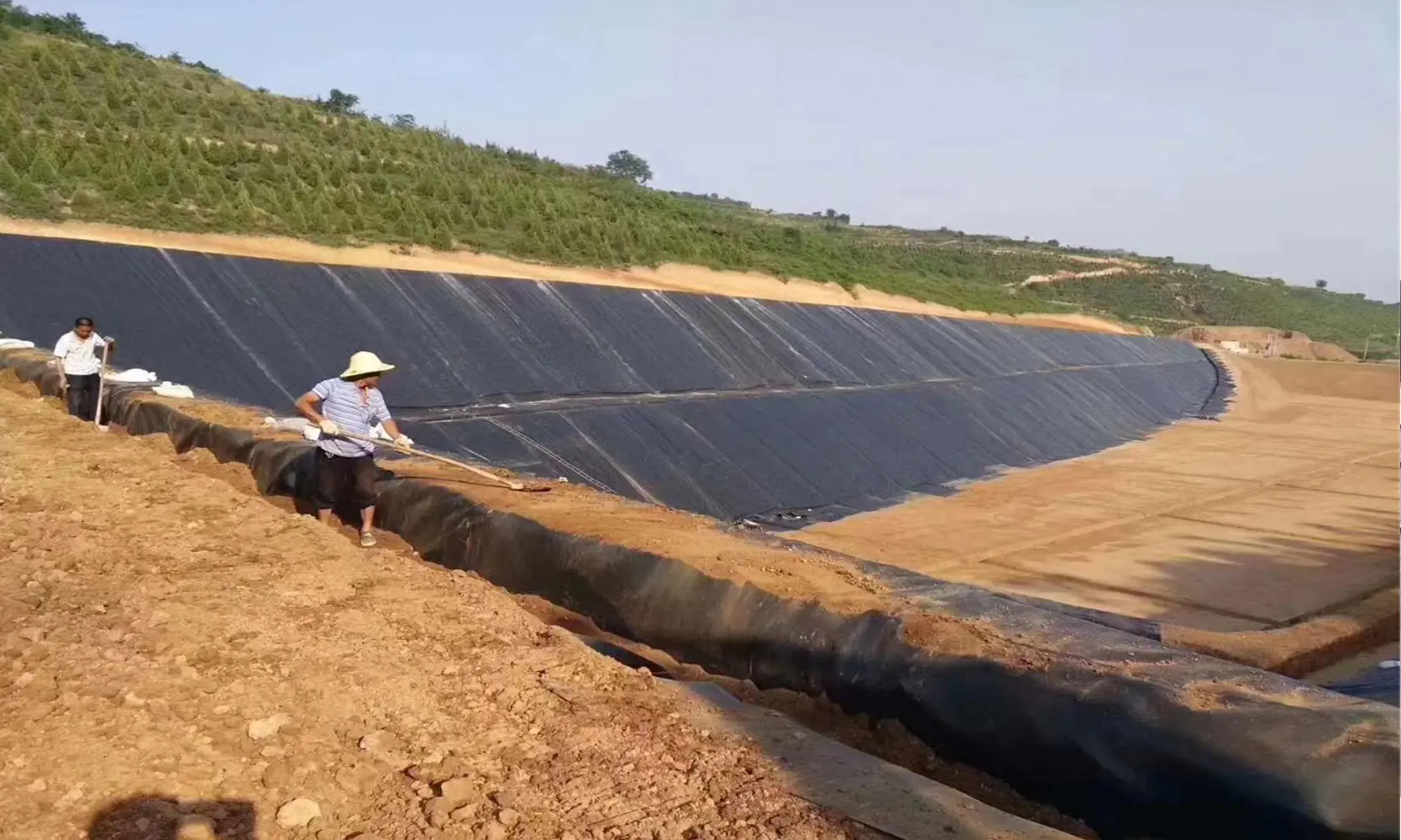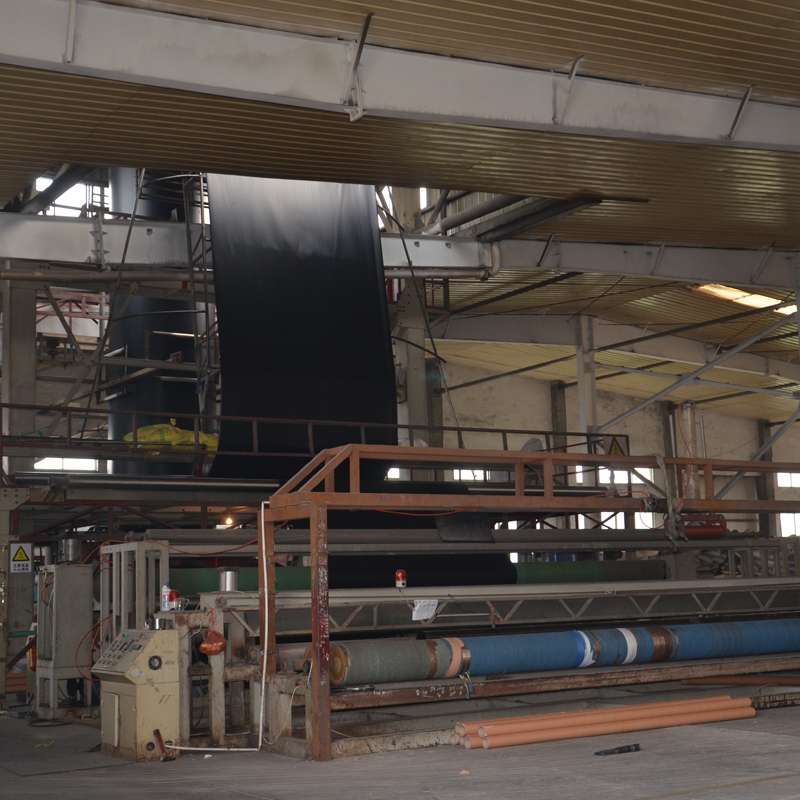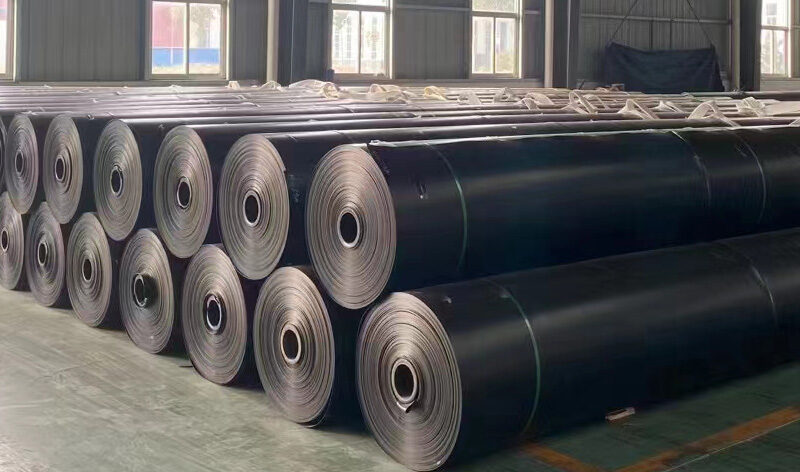
20 Jan How to Choose a High-Quality Fish Pond Liner?
Overview
There are many factors to consider when choosing a fish pond liner, such as the material of the liner, durability, waterproofness, environmental protection, cost and size. Generally speaking, you should communicate with the pond construction company or supplier before excavating the pond. Because the functional properties of each fish pond liner material are different, it is important to choose the appropriate liner for the fish pond. This article provides suggestions on the selection of fish pond liner in terms of material, durability, waterproofness, environmental protection, cost and size.
Material of Fish Pond Liner
There are many types of liner materials, the more common ones include HDPE, PVC, LLDPE, EPDM, etc.
 HDPE liner is a high-density polyethylene material that is non-toxic, odorless, environmental friendly. It has a long service life and has good ductility. It is the most commonly used fish pond liner.
HDPE liner is a high-density polyethylene material that is non-toxic, odorless, environmental friendly. It has a long service life and has good ductility. It is the most commonly used fish pond liner.- PVC liner is a lining material made of polyvinyl chloride. It has better softness than HDPE material, but its strength and durability are not as good as HDPE liner.
- LLDPE liner is made of linear low-density polyethylene. It is similar to HDPE material, but its density is lower than HDPE liner and its softness is between HDPE and PVC. It is also a product suitable for fish pond lining.
- EPDM liner is different from the above materials. It is a rubber product with very good softness and can be suitable for various terrains and soil conditions. It has very good ductility and can withstand large tensile forces and is durable. It has great corrosion and low temperature resistance.
Waterproof Performance
These four materials all have excellent waterproof properties. Although the anti-seepage coefficients are different, no matter which material of lining product is used, you don’t need to worry too much about its waterproof performance.
Safety Performance
These four materials all have excellent waterproof properties. Although the anti-seepage coefficients are different, no matter which material of lining product is used, you don’t need to worry too much about its waterproof performance.
Safety Performance
For fish ponds, the safety of the breeding environment cannot be ignored. The above four materials are all friendly to the breeding industry, but it still depends on the use of raw materials. Generally speaking, virgin material geomembranes has no problem with the safety of pond culture, but some manufacturers often add recycled particles to the raw materials. These unhealthy raw materials will reduce the quality of the geomembrane. Because the impurities of the raw materials will affect the growth environment of the fish, it is necessary to pay special attention to the purchase of fish pond liners.
Cost And Size
HDPE liner plays an important role in fish ponds due to its low price and practicality. It is the most widely used material. In terms of size, it can be applied to ponds of various sizes, but the disadvantage is that it requires professional geomembrane installation technicians to install. Although it can be welded well in advance, on-site installation is essential when facing large fish ponds.
EPDM liner is relatively expensive, and its size can be prefabricated, which greatly facilitates installation and is more suitable for small fish ponds.
Summarize

We hope this article can help you in choosing a fish pond liner. These are based on our more than 20 years of liner manufacturing experience.
If you have any questions about geosynthetic materials, please feel free to contact us. We’re always here, and we’re happy to help.



No Comments